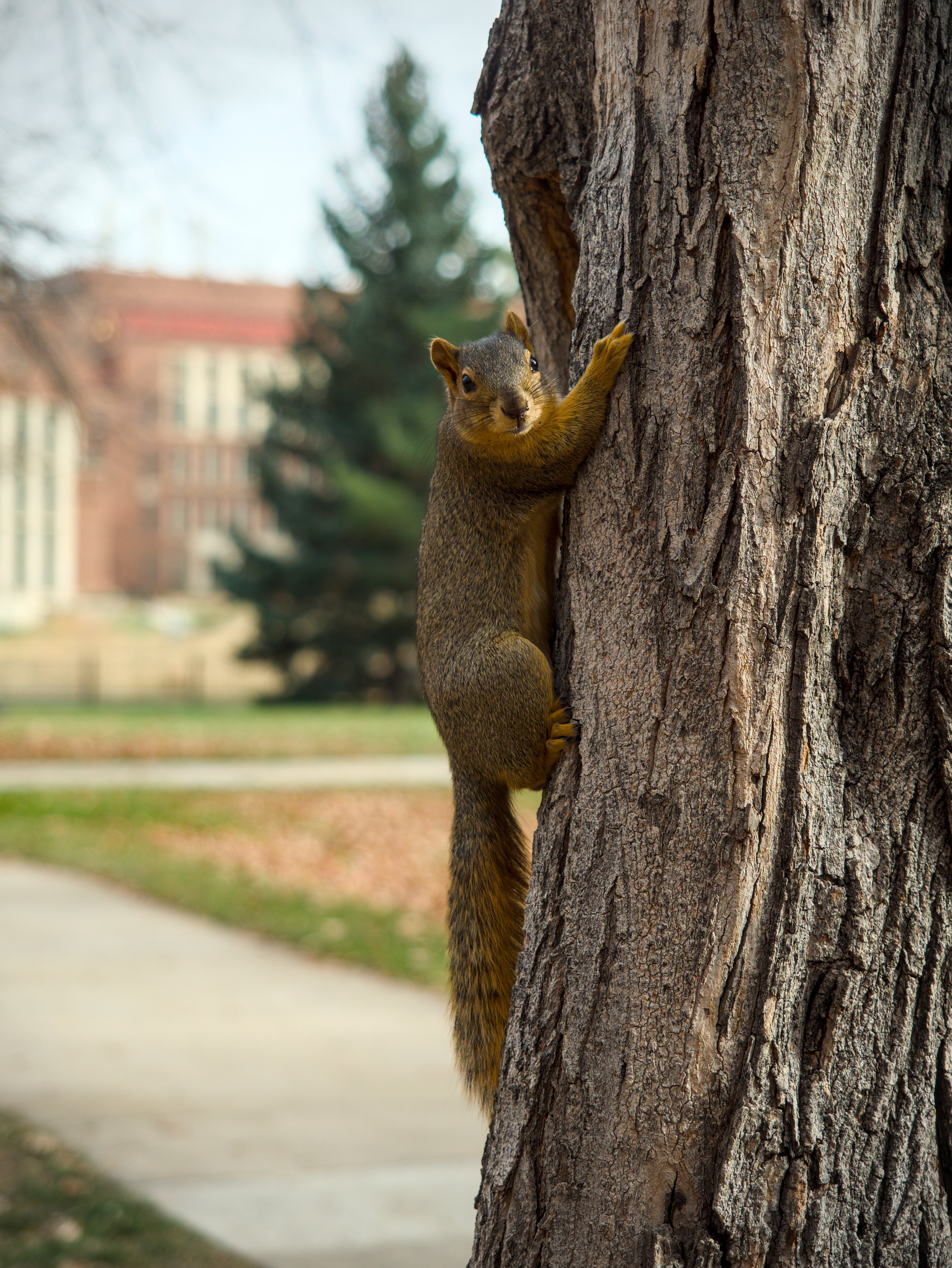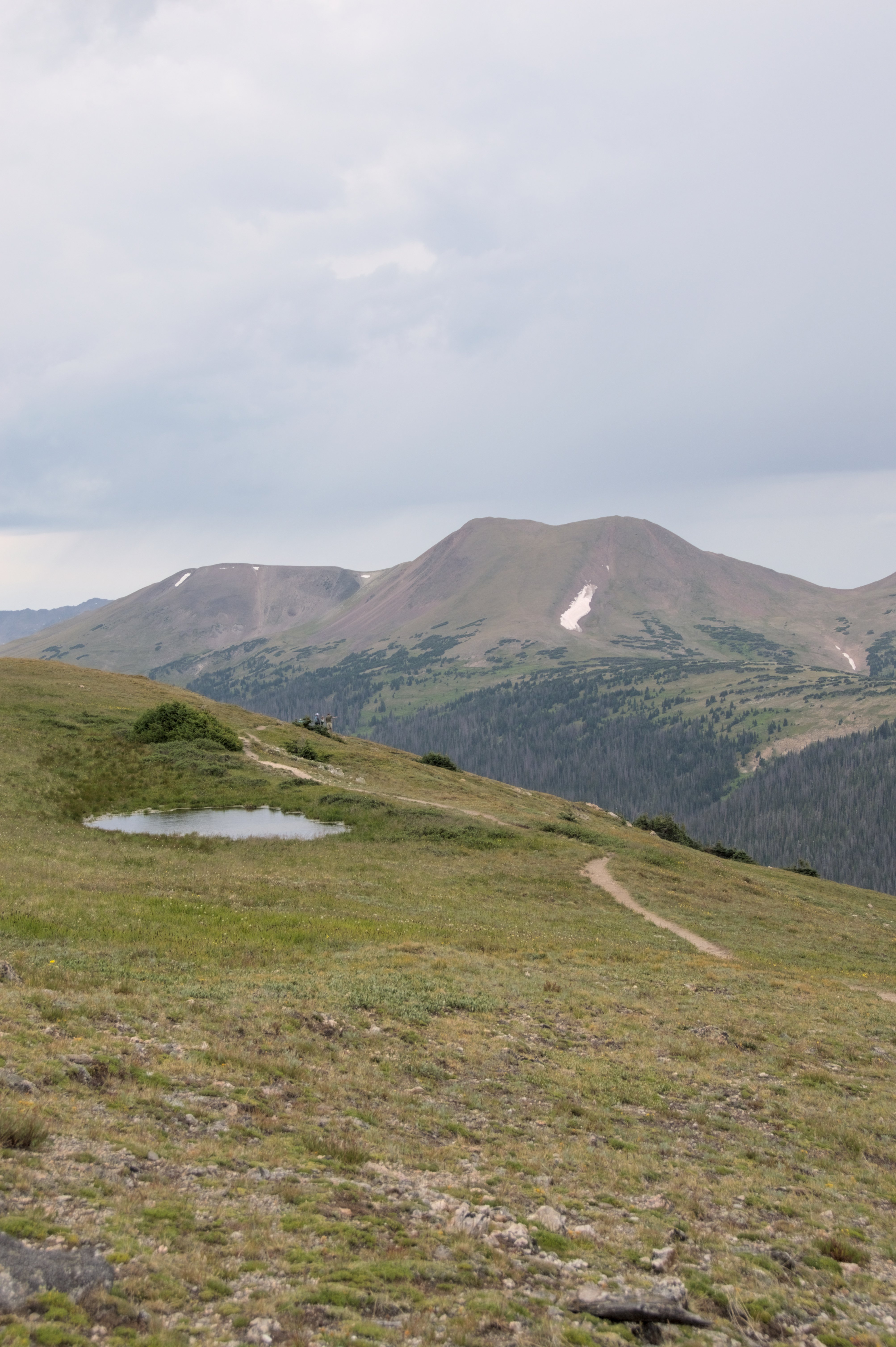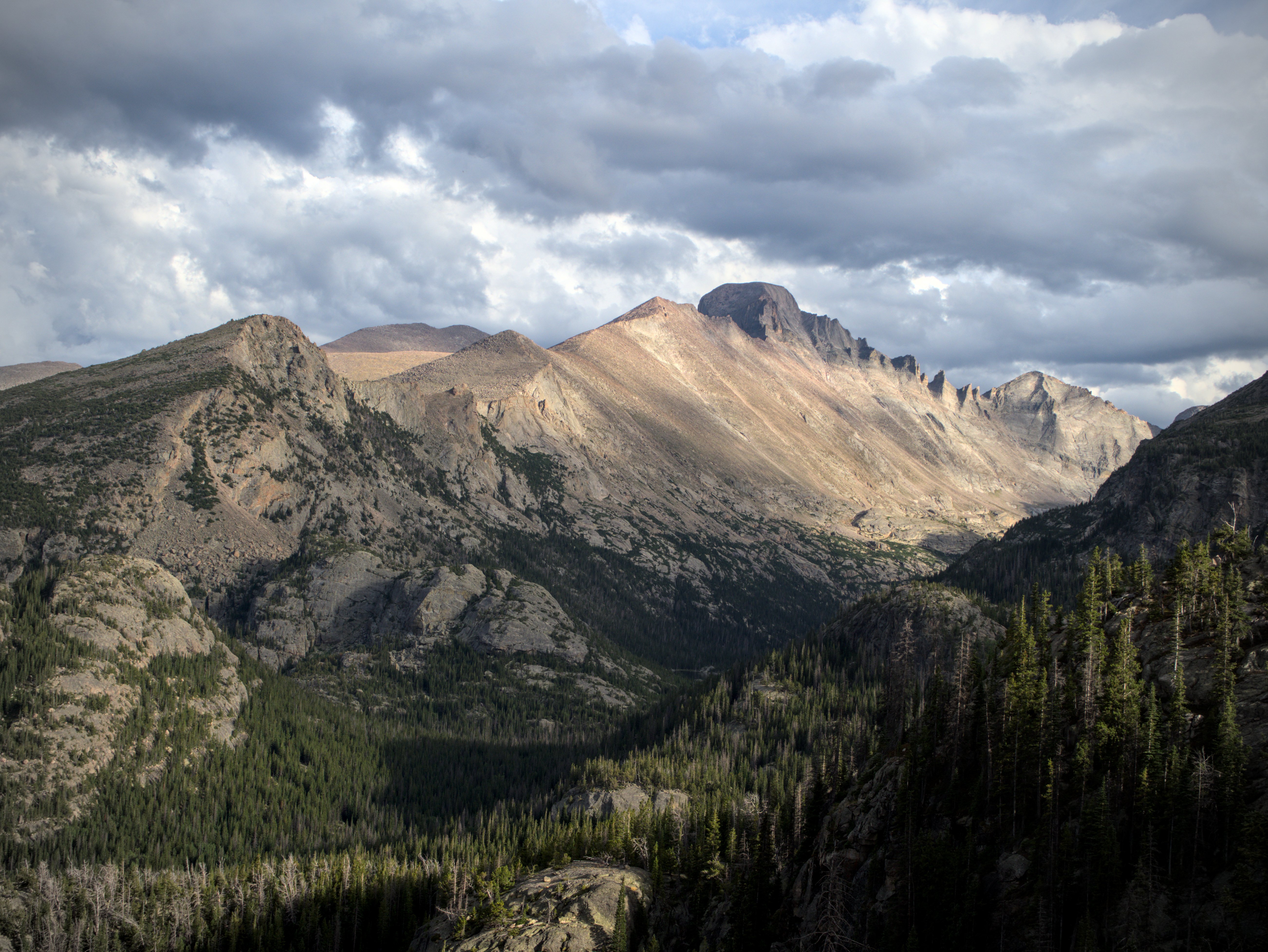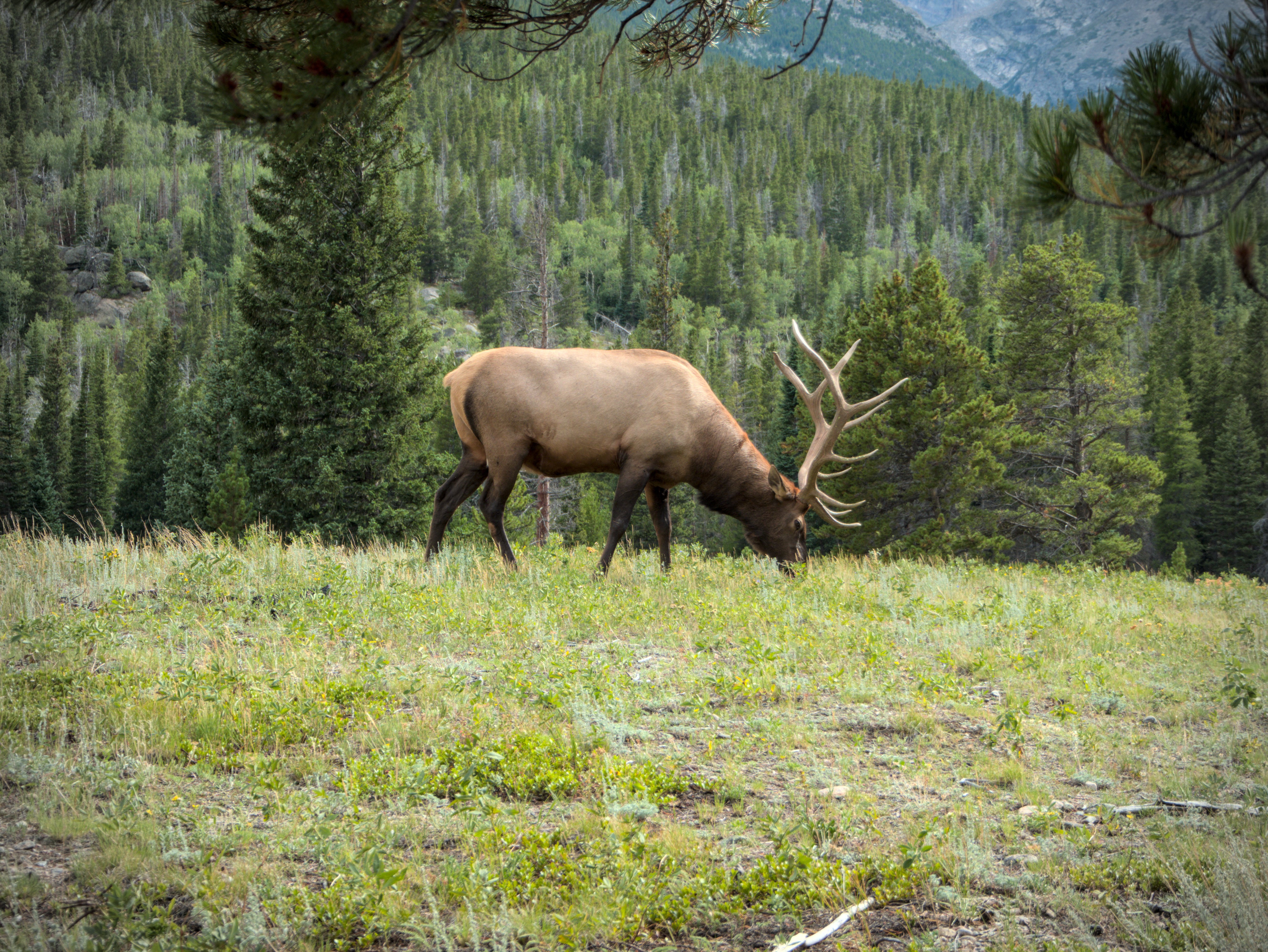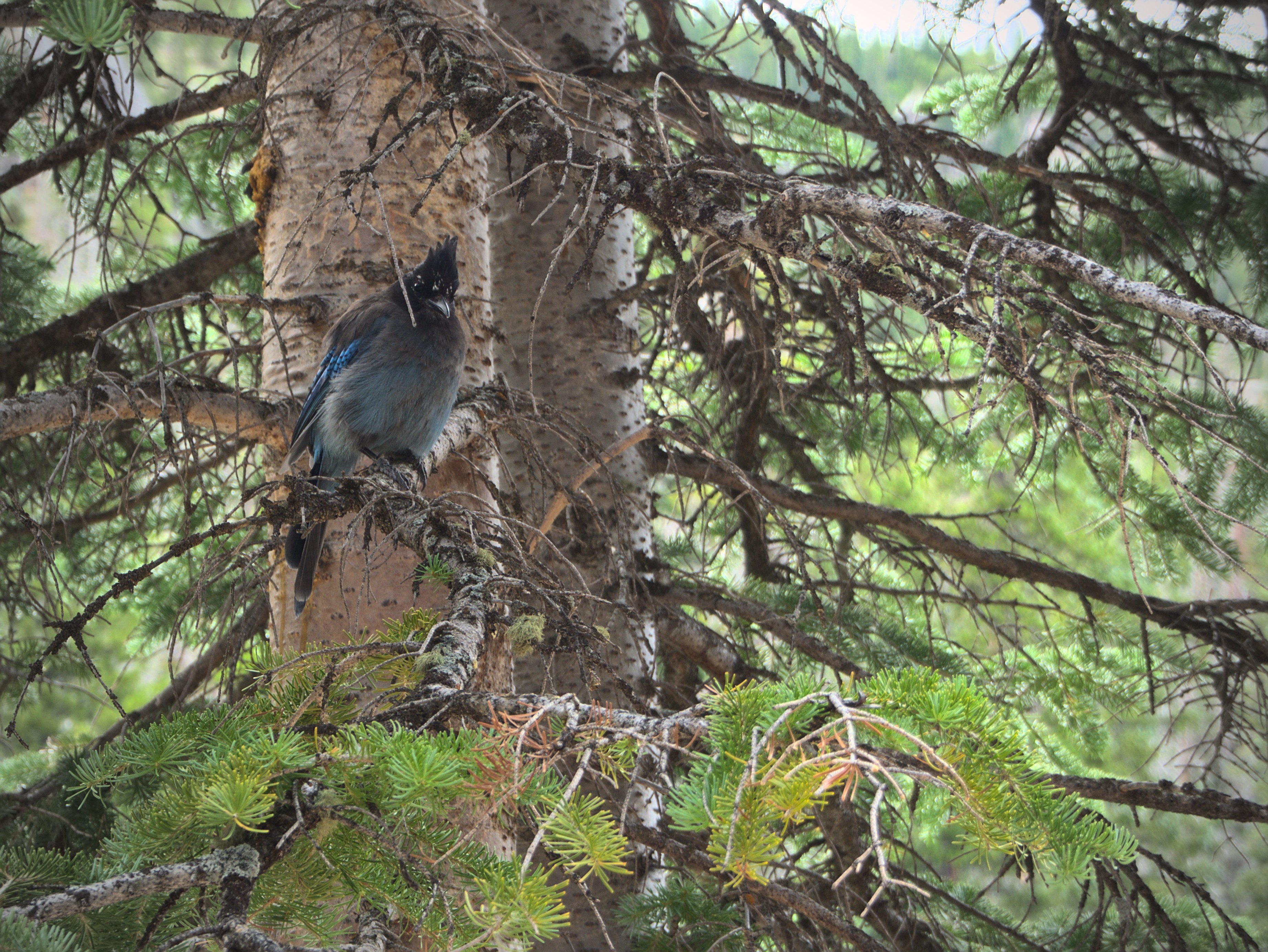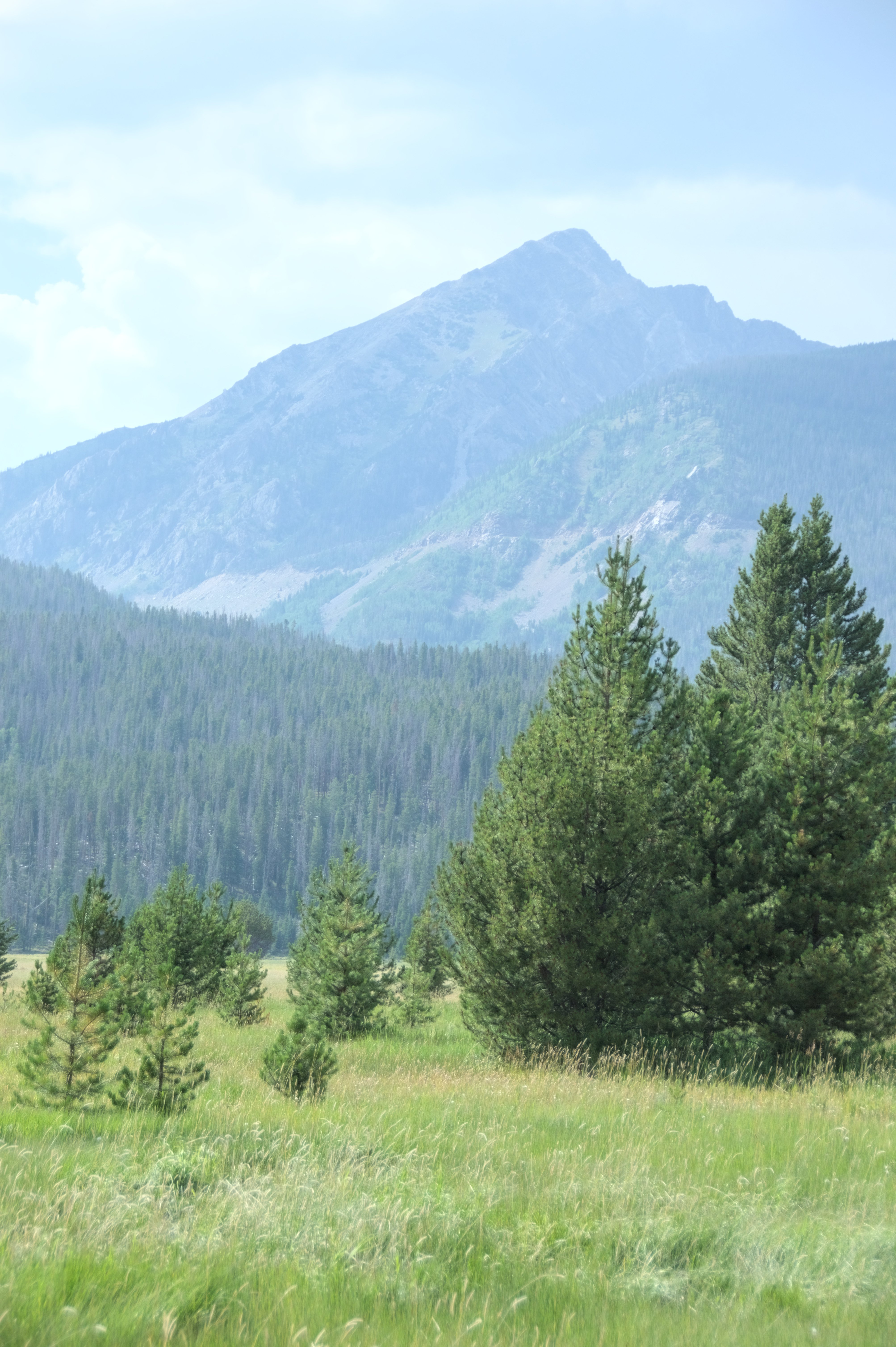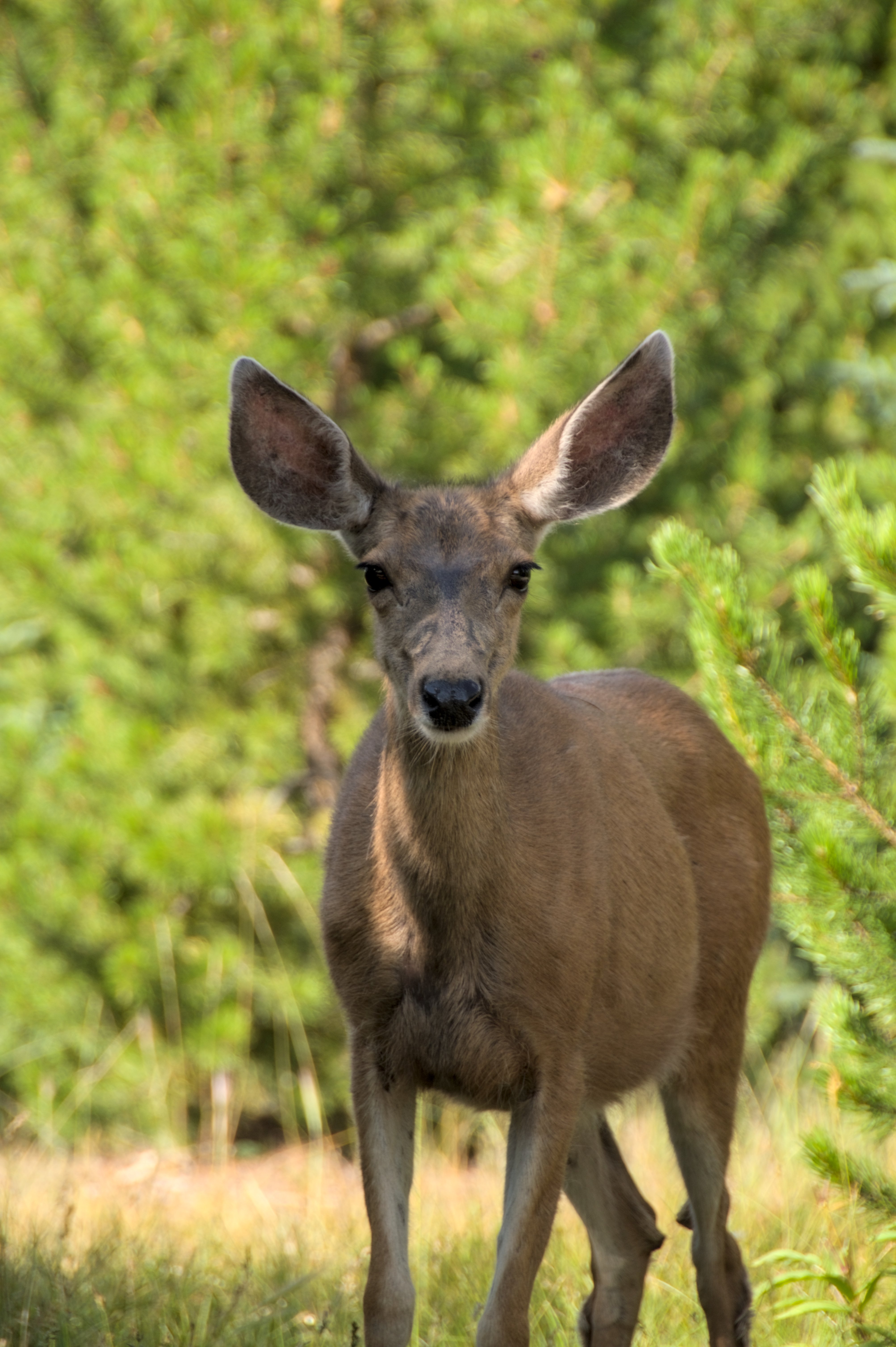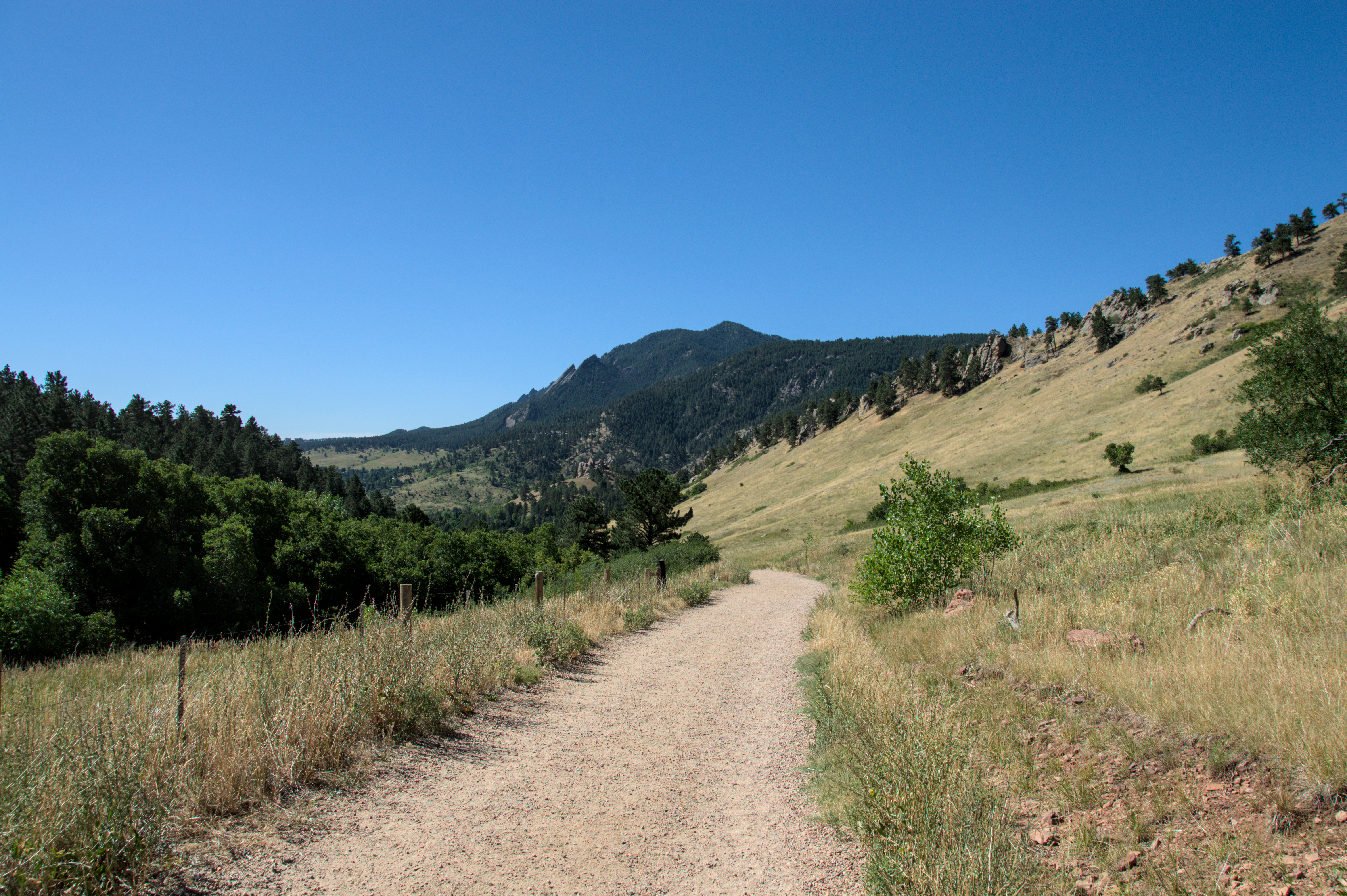- Camera: Olympus E-M1 Mark II
- Lens: Olympus 12-40 f2.8
buffy
And he knows he's the boss! I have a 4K video of him, too. I'll see if I can upload it somewhere and share it here
Yeah, you definitely start to find the spots where you need to fill in the gaps. I find that the middle of the focal range is where I notice the biggest need for primes. That 14-42mm is handling most of the “wide to normal” for me right now since I’m not doing full on portraits with this particular camera… if I was I’d probably look into something in the 35mm or 55mm super fast lenses specifically for that task.
Well, yes. I do need to find the spots where I need to fill in the gaps and this will require some (significant) experience. I'm always reading a lot about stuff, and there's too much to learn regarding photography, still. For instance, I was trying to shoot the milky way this weekend under Bortle class 2 skies. The results were good, but not exactly great. I was thinking "yeah maybe a fast and wide lens will do". Now, I've read that people actually tend to stitch mid-focal length individual shots together instead. That's when photos actually look good, not so much when using those nice, fast, wide primes like the famous Rokinon or Simga lenses. Quite the surprise to me, honestly. That is just an example to illustrate my point, which is, there is usually a right(er) answer, but rarely an easy answer.
Regarding portraits, I used to like the strong bokeh of fast primes on a DSLR since my mom got a 50mm f1.8 for my old Canon years ago, but recently I've learned to appreciate short telephotos, too. 42mm gets you ~85mm equivalent, which is quite nice, just not very creamy at those apertures. I agree with your comment that it would only make sense if you were to get a 7artisans 55mm f1.4 or something.
With birding I’ve never been able to deal with primes since things change so quickly…
Yes, I too would use the whole 150-600mm range on my Tamron/Nikon all the time for birds. I think it's a known fact that for wildlife one gets primes for increased sharpness, but knowing that you will have to crop very frequently. And when you crop to the equivalent increased focal length on the zoom, you don't get the increased sharpness advantage. It's mostly a budget game, I think.
I would also suggest start looking around for extra batteries.
Agreed. I'm looking into buying a kit from Kastar (2-4 batteries plus USB charger), which is selling for $40-$70. As a matter of fact, cheaper than a single OEM battery ($80). Go figure. On my Nikon, two batteries would last me 3-4 days outside while backpacking (in theory, ~1000 shots). The EM-1 Mark II is rated for 440 shots per battery, so I think the OEM plus 2 extra will suffice. USB-C charging is a must, because that's what I use to charge my action camera's batteries and other devices using my portable power bank. I think a kit from Kastar will do.
It’s been really nice so I can either carry a spare or just swap the low battery for a new one when I get home and not have to wait for any charging.
Also agree. On a day or half a day out shooting, I usually use half a battery, swap it when I get home, and let the other one charge. It's simply practical.
I'm waiting for my Olympus 14-42 electronic zoom to arrive, which should be here on Monday. My next steps will probably be the extra batteries. Then, a Lumix 100-300mm for wildlife (or equivalent). I'm (really) excited to see where this is gonna take me. Look at this, selling a couple of Nikon F lenses to fund a completely new system -- relatively small changes in practice and likely not changing the end result much, yet such a different approach to the hobby. I feel like this journey is going to be fun!
Absolutely where I ended up. I knew I could get myself in at a certain point and then upgrade and swap things around later as needed, so it wouldn’t be wasted. I’ve been getting really good deals on some quality budget glass for the olympus.
It is definitely true that money spent on Sony isn't wasted money. But at the same time, I was thinking, what's the point of spending $900 or more on lenses, and end up using them on an entry-level body? I don't know, it felt to me that it's better to save instead and get a higher-end camera and glass at once. Sony full frame must be so nice, especially for video, but I'll have to wait for now.
What I said above is definitely not the case for M43. I've just bought the tiny 14-42mm kit lens and it's set me back $500 for the whole initial setup (body + kit lens, including tax). With a longer telephoto (Olympus 75-300 or similar, ~$300), it will cover most of my use cases. For the price of either a nice Sony lens or body. And it's a camera that used to be their flagship model, so I feel good about the deal I got. It's very clear that you don't need to spend much to get the good stuff. Your hummingbird photo is a great example of the good stuff you can get out of a lens; affordable glass yielding a nice reach, sharpness, optical quality, and pleasant subject-background separation.
The only thing about those super zooms like the 14-150 is that you can sometimes sacrifice quality.
This is something that bugs me slightly about my 18-200 Nikon F DX (APS-C) lens. It is an awesome lens that I'm currently taking everywhere, but I wish it was sharper at times. I guess I will need to get used to switching lenses more often than I currently do. I also might want to experiment with sticking more to fixed focal lengths again. I noticed I always shoot at 28, 35, 50, 85, and very occasionally 105, 135mm full frame equivalent. 300mm or longer for wildlife. Needless to say, those are the most appealing focal ranges to most people and unsurprisingly, there are primes for all single focal length within this range. I'll look into my EXIF data and see what I can stick to initially, and try to zoom more with my feet. It will be an interesting journey!
I got myself a little camera bag that’s like 12 x 8 x 5 with a cross body shoulder strap for idk… $15-20 online. It holds the camera, the lenses, the flash, the cleaning kit, the filters, the batteries, the charger, and the filters… and there’s still room left lol. So Carrying a bunch of M43 lenses is super easy and light weight. Doesn’t make me feel like I need to worry about super zoom coverage like I did with my canon. Always boils down to what kind of photos you think you’ll be taking. My tactic was to get the 14-42mm based on recommendations online as a “walking in the park lens” to get used to the camera and then I’ve just been filling in the blanks as I go.
Yes, I still need to figure out a setup that would work for me. I'm currently using a crossbody bag to carry my Nikon and it works great. I will look into a similar setup that can hold the M43 camera and two lenses or so, plus two filters (CPL and ND), a lightweight tripod, and backup battery and storage. I'll need to get an SD card for my new camera on Bestbuy, so I might look into what bags I can find there. For the card, I'm thinking about a Sandisk V30. I'm not sure about higher speeds, where I'll be able to record high-bitrate 4K, but it does sound appealing. I'll think about it while my lens is on its way.
Going on MPB and UPP and just poking around there’s so many fun lenses in that $60-150 range that it’s almost impulse purchases at that point.
I've read good things about the Laowa 7.5 f/2 and Lumix 9mm f/1.7. I might get one of those two in the future as a wide-angle low-light. Or maybe either a 17mm or 25mm prime, since 35-50mm full frame equivalent looks very pleasing to me, as it does to most people. We'll see how it goes with the kit lens. I feel like a wider fast prime would be more useful, though, given that it would serve two distinct purposes.
It’s been interesting for me. For fast action in lower light… there is no escaping needing good sensors and fast lenses. But because of the IBIS and some of the fun tools olympus puts in their camera software (live composite is so cool… pretty sure the one you’re getting has that)… I have been able to take stills in lower light by using longer exposures and still getting cleaner shots. So I had to kind of reset how I thought about the exposure triangle settings.
I'm sure it does, since Nikon's optical stabilization technology from 2006 already goes a long way. I still think I'll get a fast and wide prime, given that I'm very interested in wide apertures for astroscaping. But at the same time I'm not sure how well a M43 would perform capturing the northern lights, the milky way, or a meteor shower.
I’m excited for you. Using this olympus from 2015 has convinced me that I absolutely want to get a modern flagship M43 camera at some point.
I'm pretty excited, too. I keep thinking about the new possibilities that might arise with this camera. This weekend, I shot a huge bull moose, 200mm cropped, handheld, optical stabilization only, on manual focus, at 1080p. The video turned out great, regardless. I am excited to try the same thing with IBIS, 4K, longer reach, and autofocus/focus peaking now!
After careful consideration, I've got a used E-M1 Mark II from my local shop. I found it for fairly cheap ($300, plus $80 for 1 year warranty and tax). I decided to pass on the GX85 ($400 for body-only) and G85 ($500 including the general purpose kit lens + tele kit lens), despite the great price. Mostly because of my awful experience with contrast AF, where it was unusable compared to phase-detect AF on my D3200.
I found a Sony A6100+kit lens for $440 (amazing deal), but after looking into their lenses, I felt like they were too expensive to the point where it wasn't really worth it getting an entry-level camera. You know, with Sony you really need to go big or go home, unlike M43 where quality glass can be affordable. Basically, if I were to buy an $800 lens, it wouldn't make sense to skimp on the body. I still plan on getting a Sony in the future, but I'll probably save for a nice full frame (A7III, A7C, etc) or higher-end APS-C (A6600) instead.
I still don't own any M43 lenses to test the camera outside, but I'm inclined to get:
- Compact kit like the lens you own (14-42mm);
- All-purpose kit for travel/hiking (14-150mm or something);
- To be determined between: fast and manual prime (wider angle, ~9-17mm-ish), long reach telephoto (~300mm-ish), or macro (~60mm-ish).
I will order the first lens now, and think things through for the next two possibilities. I honestly don't know how wide of an aperture I'll need yet, but I'll likely have an idea after feeling how the camera performs in low light with the kit lens.
I will keep you posted and update the original post soon relating my experience!
Thanks! It's always nice to see a Steller's Jay, gotta love their mohawks and beautiful colors!
I am not familiar with super long reach photography, but I love telescopes. As a matter of fact, the latest DPReview photography challenge winner got the shot using a M43 camera with a telescope. Maybe you could look into digiscoping for your next trip if you need insane magnifications like 1200mm-3000mm or more. That should be way cheaper than a modern, high quality lens with extra features like stabilization and blazing fast autofocus.
My pleasure. I'm looking forward to seeing your posts if you ever feel like sharing. If you have any questions, you can ask them here and I'd be happy to help!
Oh, of course I'm not comparing them to those forsaken seabirds!
I actually think something like that was happening when I took this picture. The park was full of birds and the jays were all hanging out together, collectively making a lot of noise seemingly out of nowhere.
Bear in mind that I'm not a pro and I'm a hobbyist with "entry-level" equipment that I bought more than 10 years ago, even though I started shooting birds the past year or so. I'm commenting to add the perspective of a person who just happens to casually photograph birds on weekends.
I mostly use a Nikon D3200 APS-C with a kit lens (18-200mm), but I've had a Sigma 18-300mm and a Tamron 150-600mm in the past.
First thing that might surprise you, I end up with way less keepers than a person with reliable autofocus and good low-light performance.
Second, you do need to get pretty close most of the time, regardless of reach, especially for small birds. Usually, I will take "safer" shots and approach the bird slowly, trying to achieve the frame that I want.
Here's an example of a "safer shot", straight out of camera (using the 18-200mm lens):
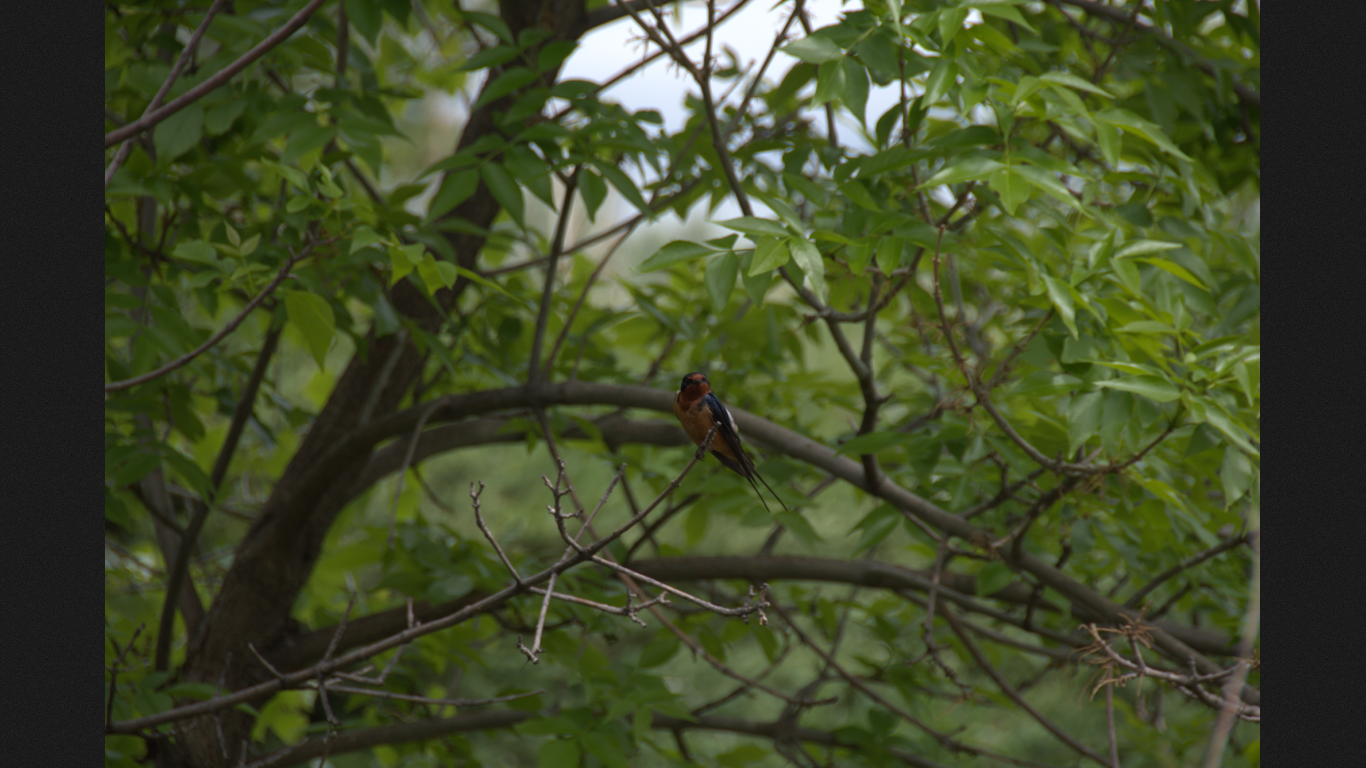
I could walk forward two more steps to improve framing, before I was limited by a creek in front of me,

The final shot, illustrating how much I usually crop
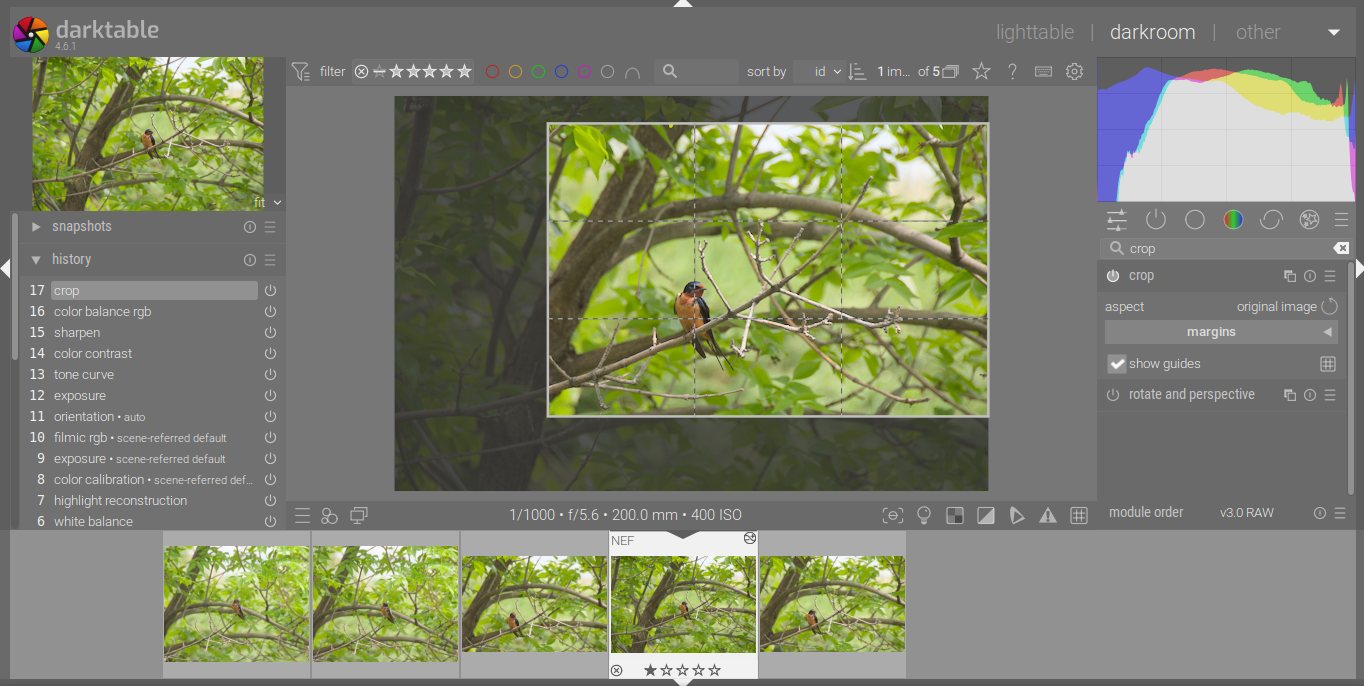
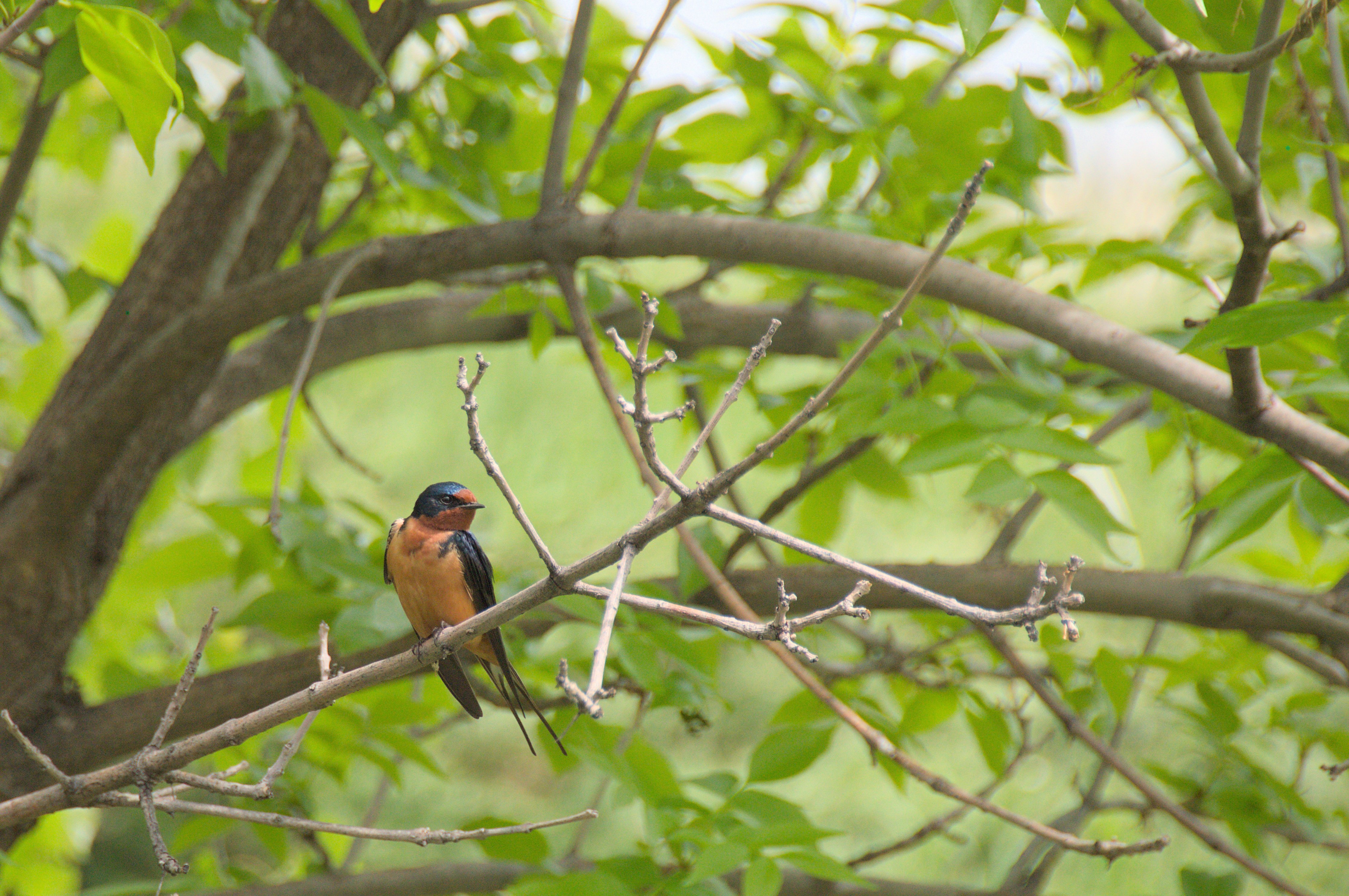
Using the same Barn Swallow location as an example, I know from experience that they perch there if I "come early" and wait standing still for long enough (~15 minutes). So that's what I did when I went there the other day, standing at the same spot, but using the Tamron 150-600mm instead. This time, I didn't have to crop, since I pre-framed my picture, knowing their approximate size and that they would be there sooner or later.
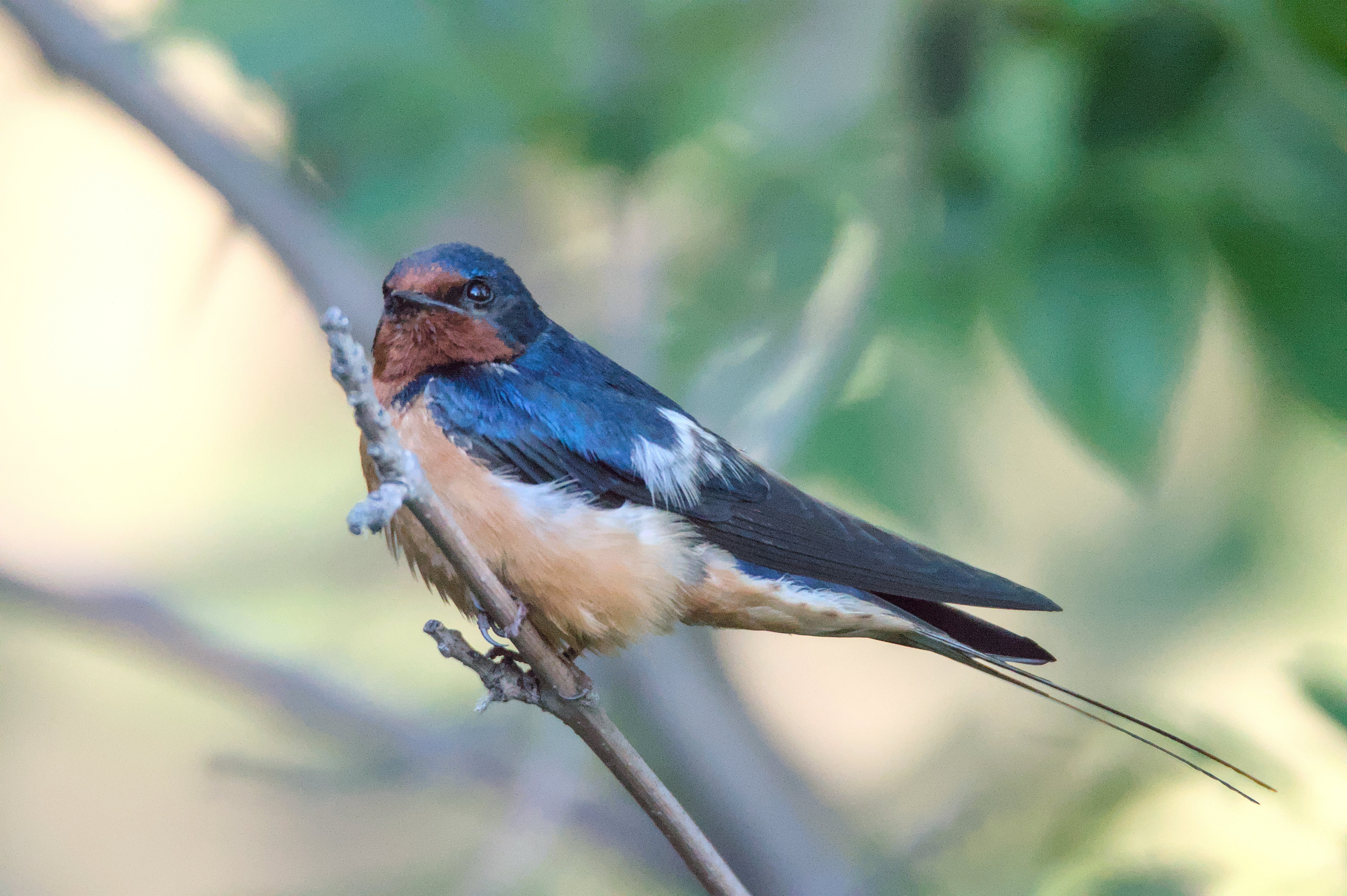
There are situations where you need to crop a bit more, especially for birds that are both small and fast.
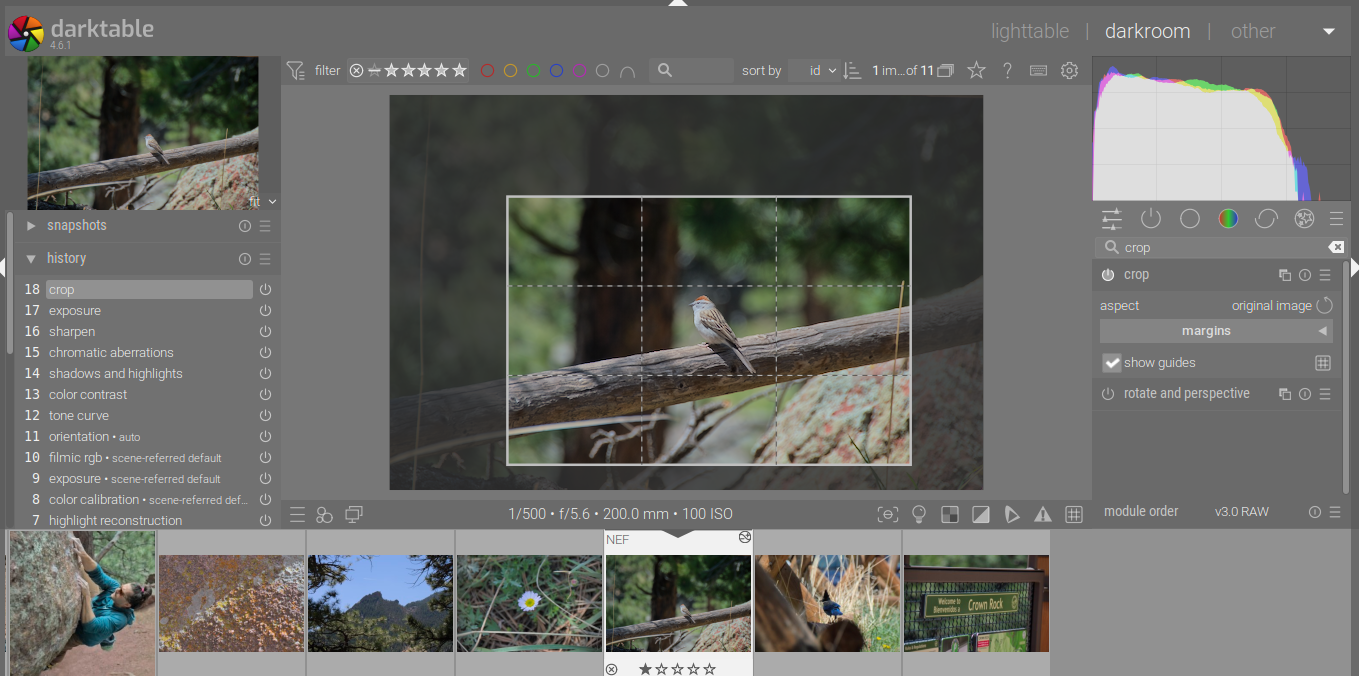
It took me close to 30 minutes to take this photo (D3200 + 18-200mm), since the chipping sparrows were zipping around, so I had to patiently wait for one to be within reach. I took exactly 6 pictures, two steps, lay down on the ground, one shot, two steps, lay down on the ground, one shot, repeat. Until the bird flew away.
I would say 200mm on cropped (300mm full frame equivalent) is when you can start to get good pictures: challenging but doable. 300mm on cropped is fairly nice (450mm equivalent). I don't think there are crazy improvements from 450mm--600mm, since 450mm is already nice for larger birds like jays or blackbirds, and ~500mm may be too short to reliably capture some smaller songbirds. 800mm or so is the longest I've tried and IMO it would be very challenging to have good enough technique to pull it off beyond that.
Of course, a person with a high-resolution, low-light beast will be able to crop more aggressively than I do. Especially if they just post their pictures online, where basically anything at 2MP or so will do.
Oh yes! Here they can be really shy when they're not in the mood, but on chatty days, oh boy, they will be caw, caw, caw, caw staring at you the whole afternoon.
